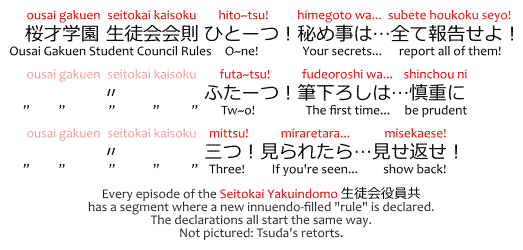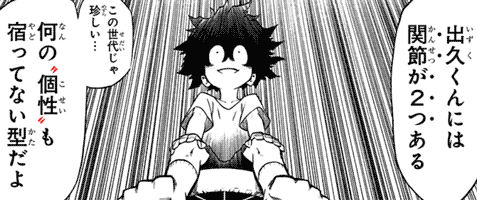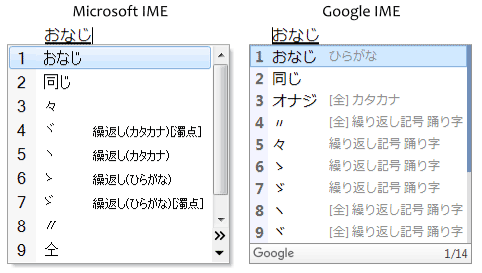In Japanese, the ditto mark (〃), called nono-ji-ten ノノ字点, because it resembles the katakana ノ twice, tenten てんてん, chonchon ちょんちょん, and officially onajiku kigou 同じく記号, works just like the English ditto mark: it's used when a part of one line is the same thing as the previous line.
The only difference being that English uses a ditto mark for each word repeated, while Japanese uses just one ditto mark for the entire repeated part.
This mark is unlikely to show up in manga, or in any dialogue text. It can show up in a school, an actual, real school, in class, when a teacher is writing on an actual blackboard, as well as in tables when you have multiple rows and cells of a row are the same thing as cells of the row above.
Similar Marks
In vertical text, dou 仝 is sometimes used as a ditto mark for what's written in a previous line, as is the word doujou 同上, "same as above (written before.)."
Don't confuse 〃, the ditto mark, with double quotes used in Japanese.
- Context: in a series about people that have powers called quirks, a doctor examines Midoriya Izuku 緑谷出久, talks about how quirkless people have two joints in his pinky toe, and then says:
- Izuku-kun niwa kansetsu ga futatsu aru
出久くんには関節が2つある
Izuku-kun has two joints.
- {kono sedai ja mezurashii...} {nan'no "kosei" mo yadottenai} kata da yo
この世代じゃ珍しい・・・何の“個性”も宿ってない型だよ
A type {rare in this age}, [that] {doesn't [contain] any quirk}.- yadoru
宿る
To dwell. (in this case, for a quirk to dwell in his body, i.e. for a quirk to be contained in him, for him to contain a quirk.)
- yadoru
How to Type
The ditto mark can be typed in an IME by typing kurikaeshi 繰り返し, "repetition," onaji 同じ, "same," among other words.
Ditto
Don't confuse the ditto mark with "ditto," like, "yeah," in agreement, which could be something like:



No comments: